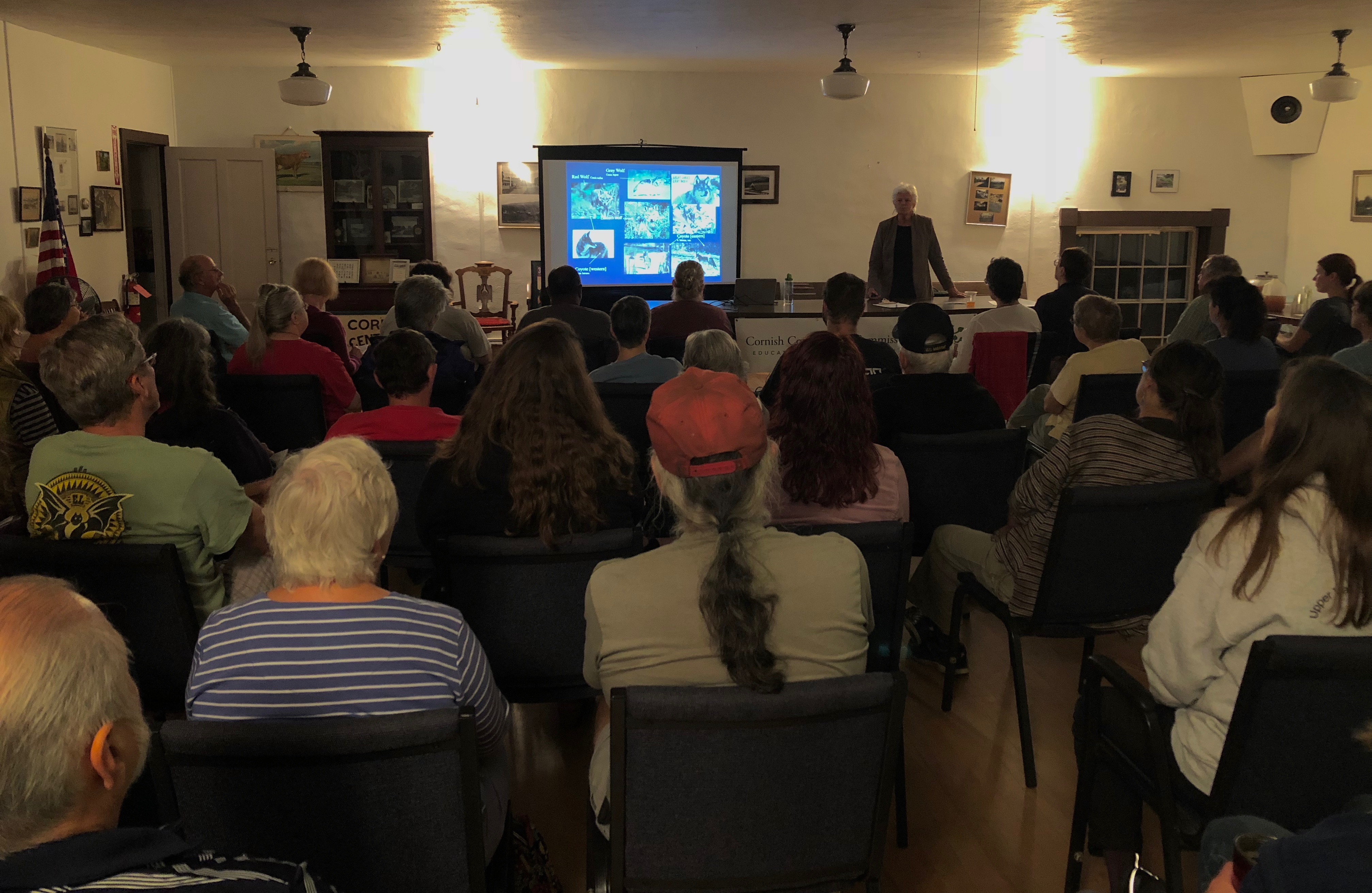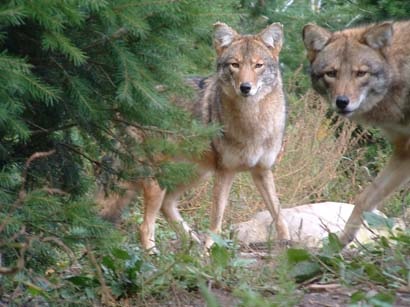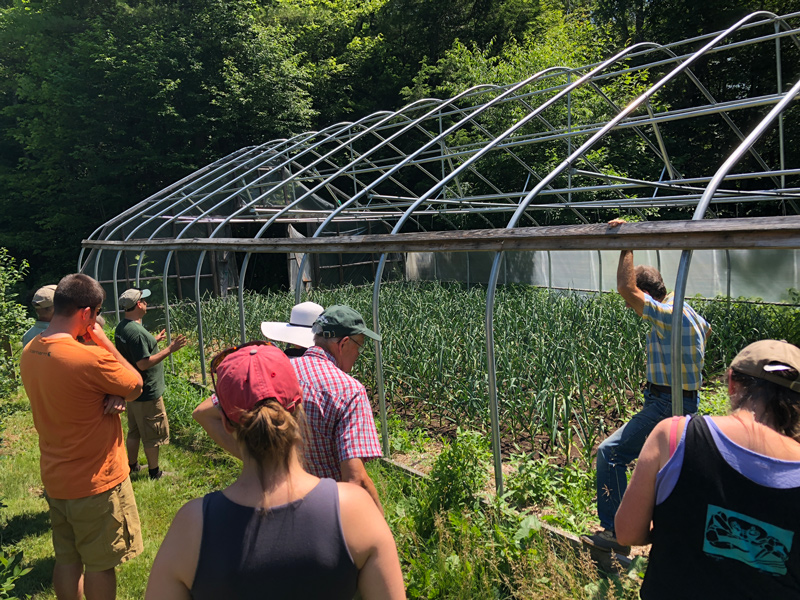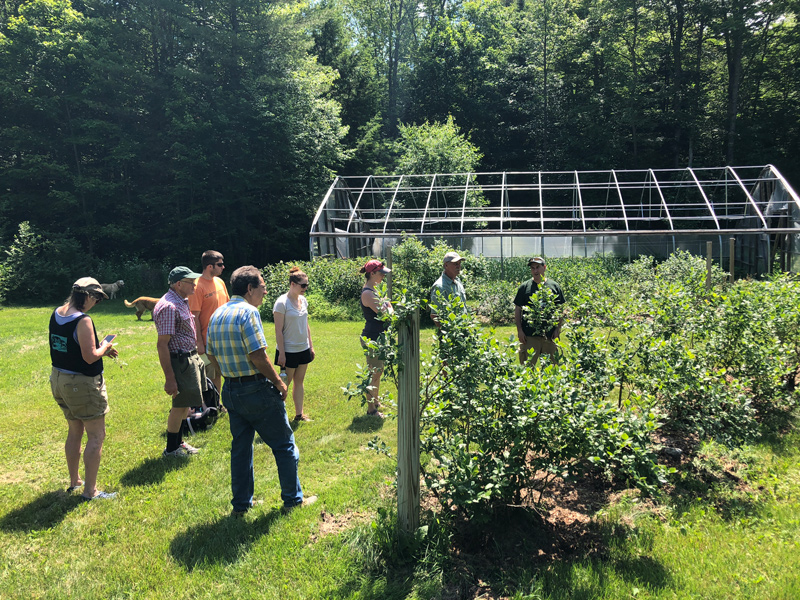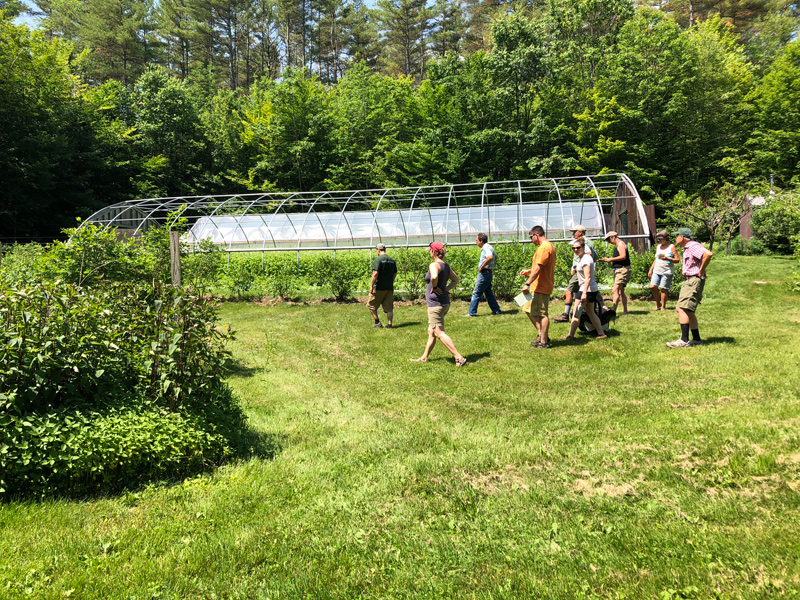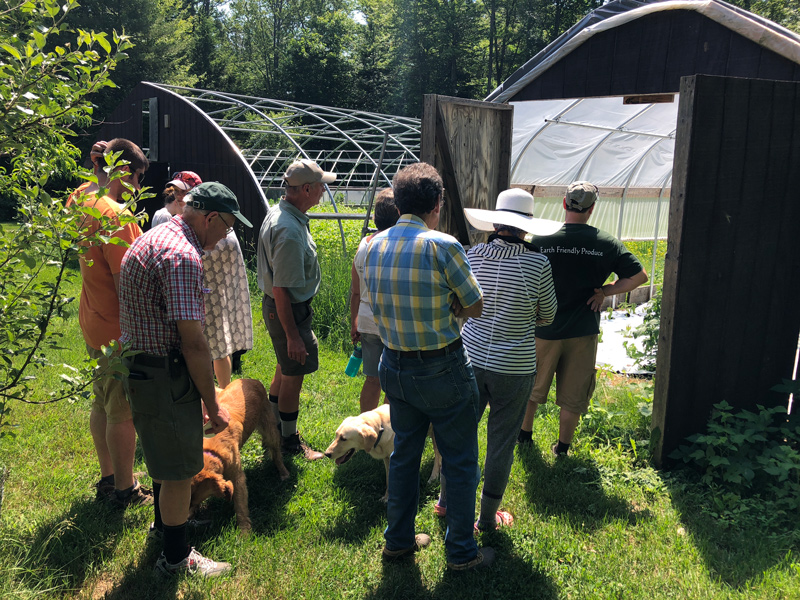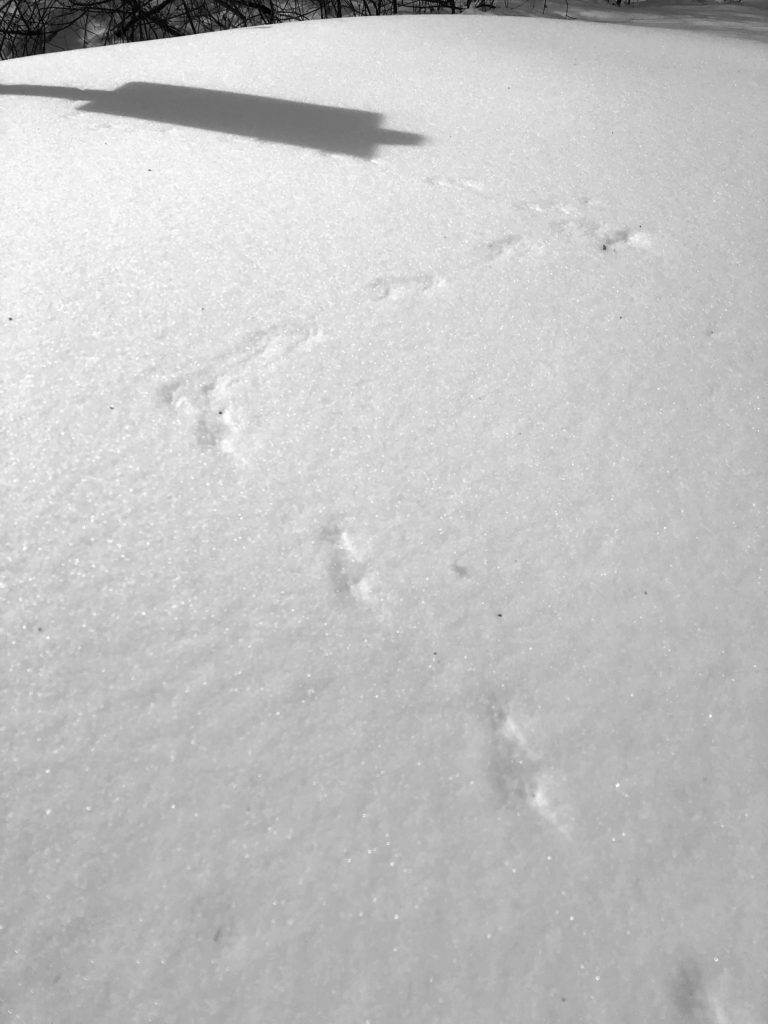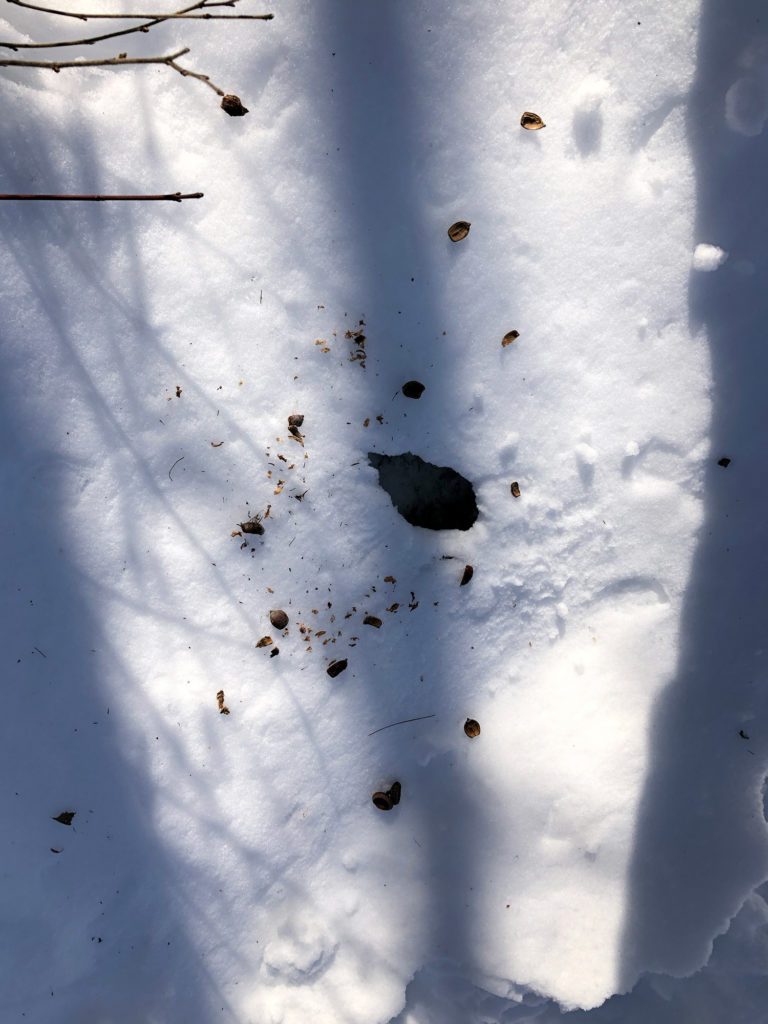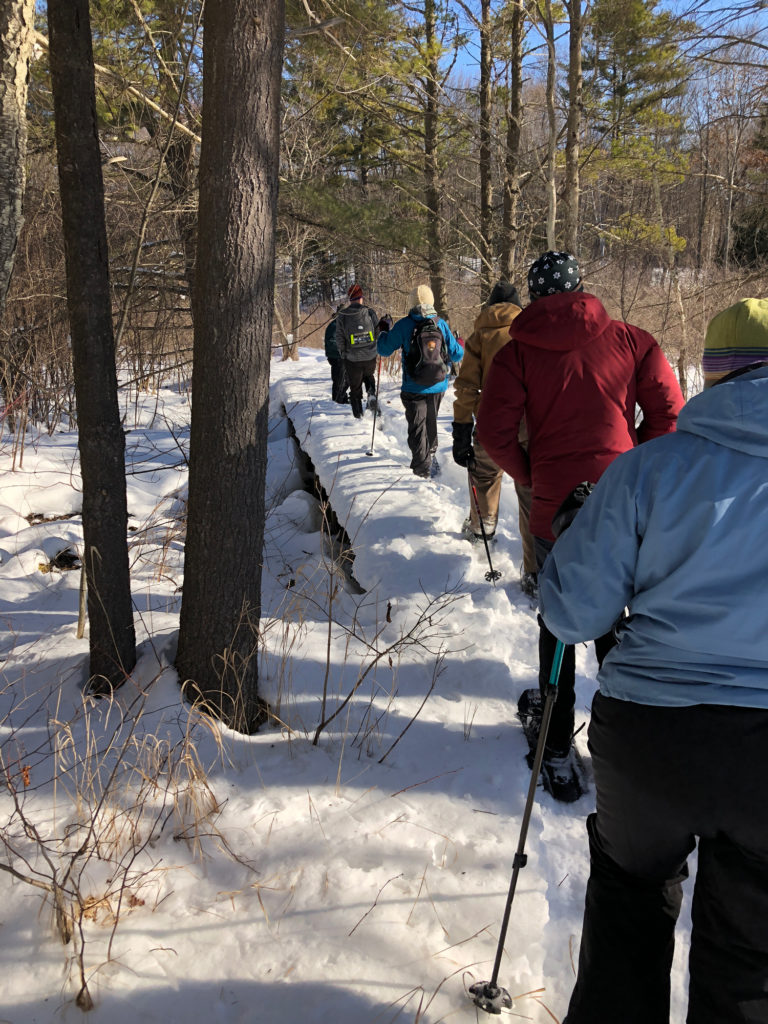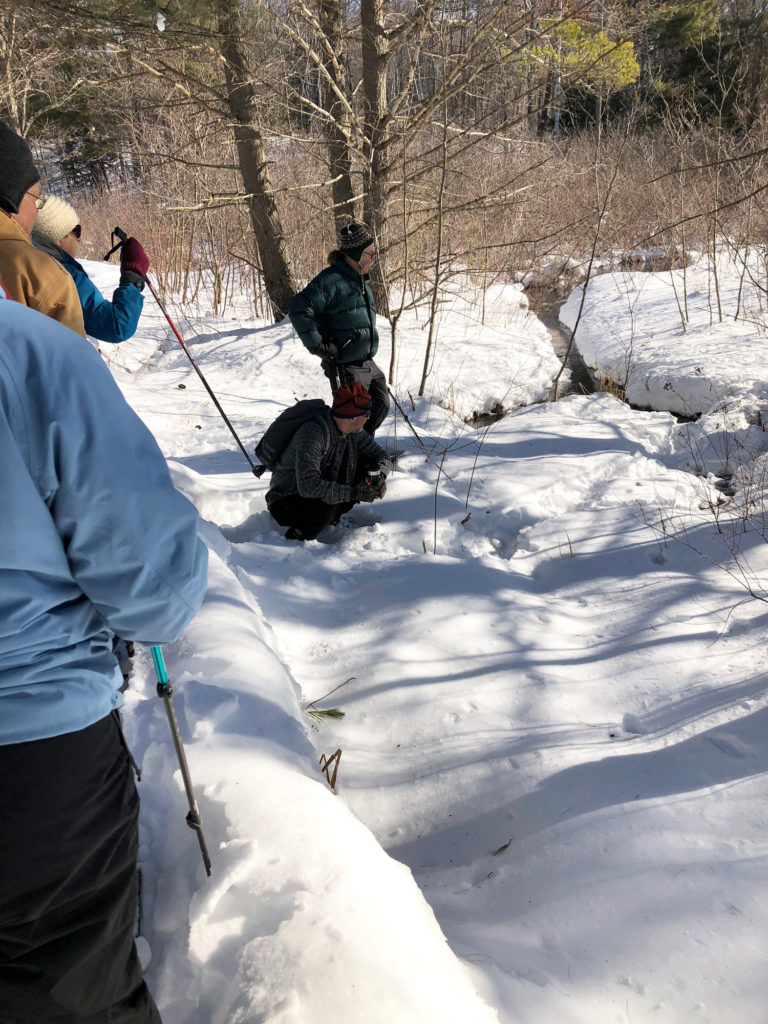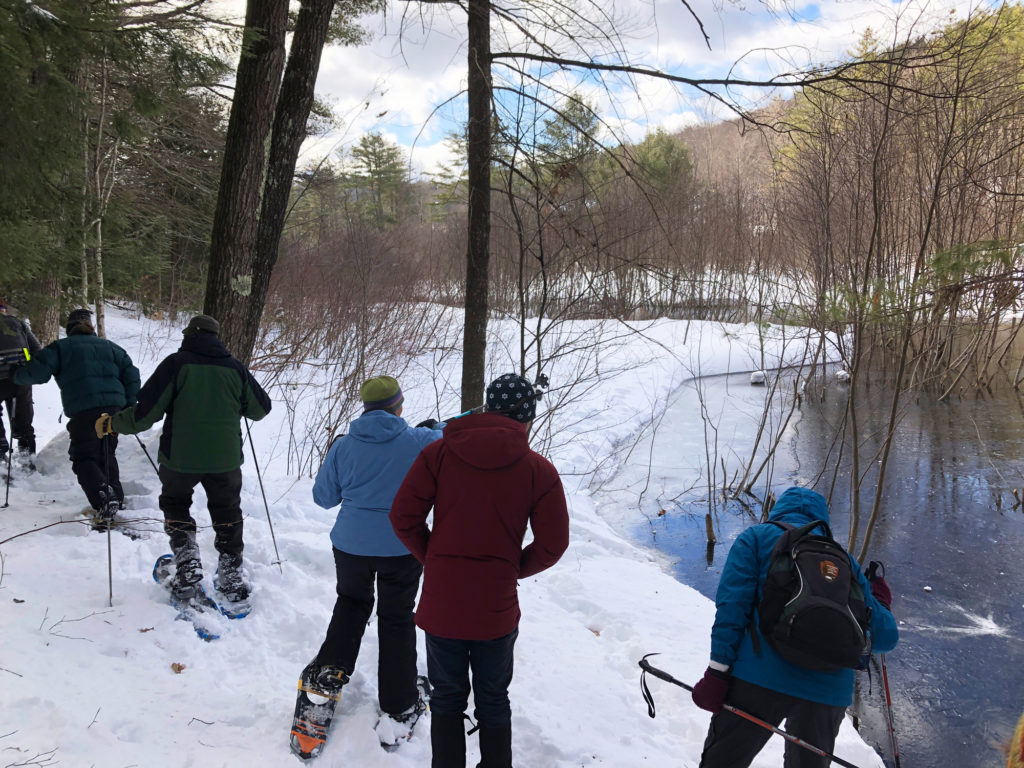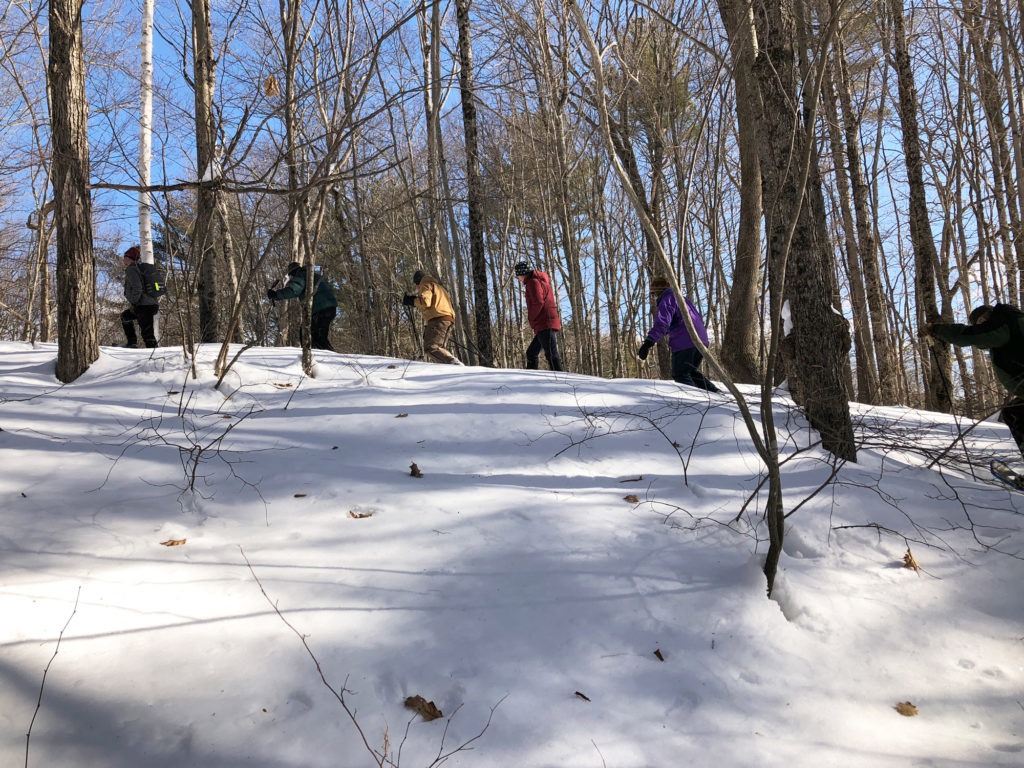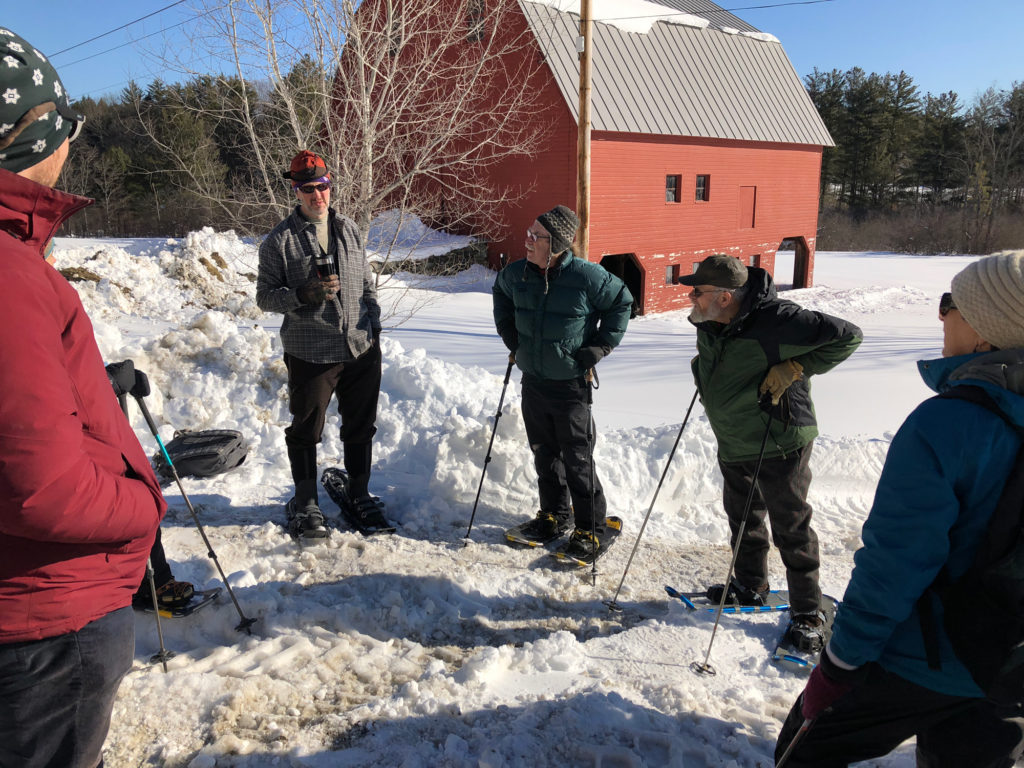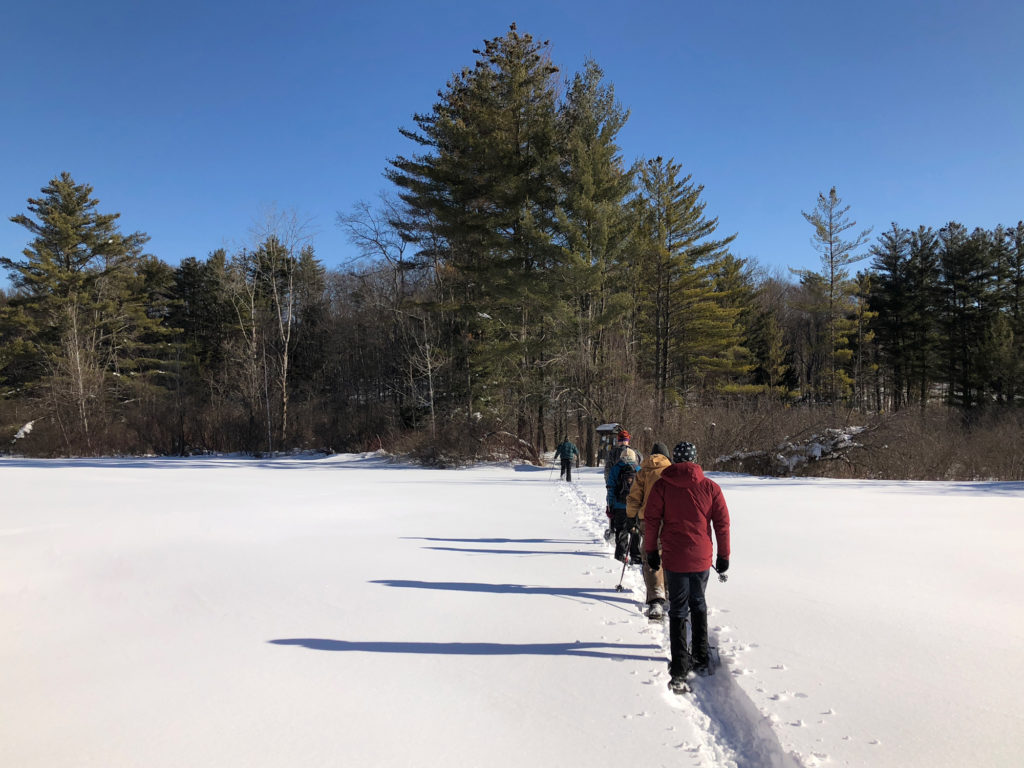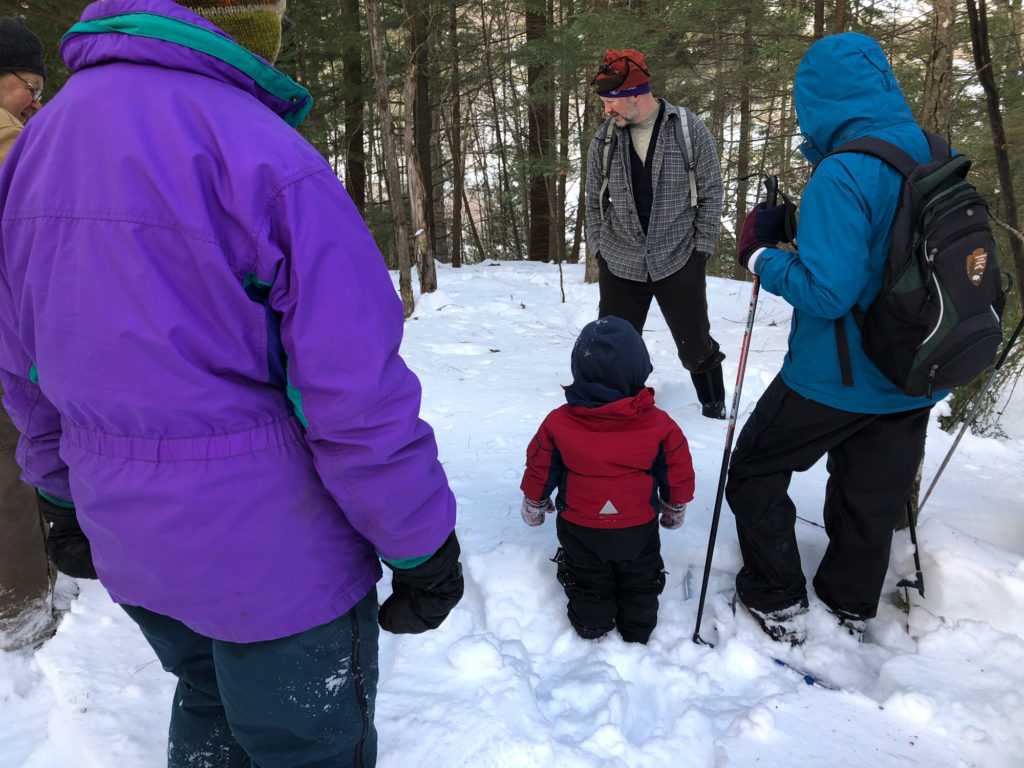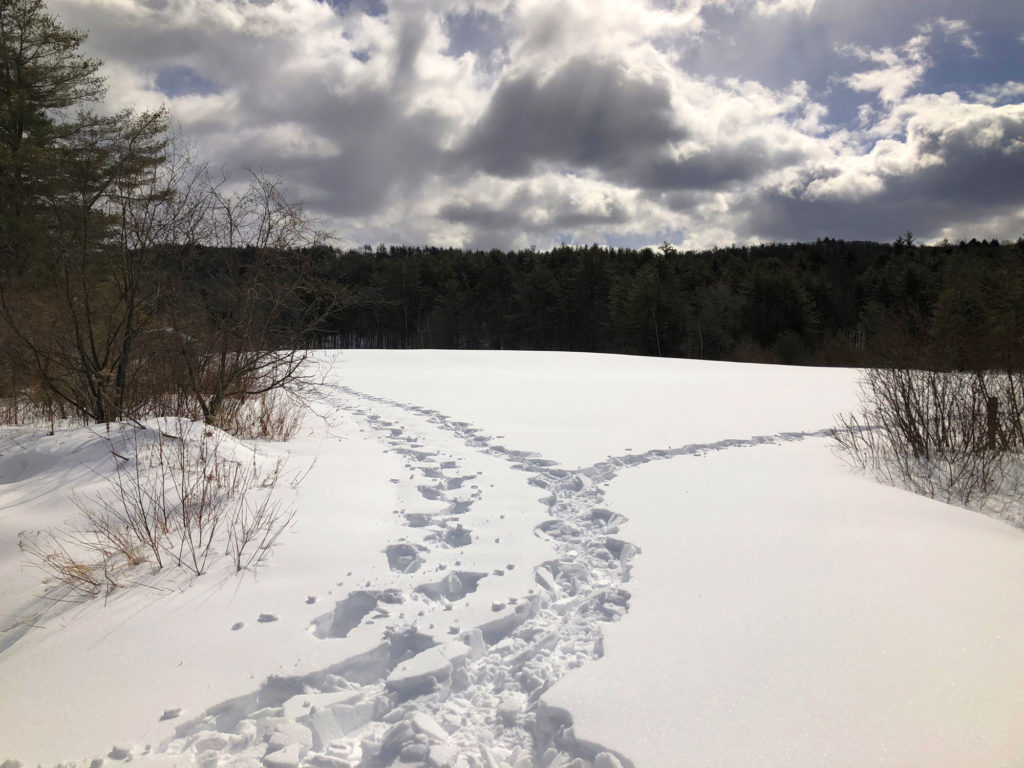Conservation Commission Past Events
A group of around 60 folks of all ages from all around the area gathered at the Town Offices for an engaging talk by Chris Schadler.
The clever and resilient coyote is our native song dog and a top predator in the northeast. While Western coyotes evolved on the Great Plains, our Eastern coyote has been shaped by red and gray wolves, dogs and the wily western coyote. The habitat in the northeast supports deer which encourages a larger size, longer stronger legs and a more developed packing instinct in this predator. Despite the ecological benefits the coyote brings, it is the most persecuted carnivore in North America. And yet, it survives and thrives despite efforts to eradicate it.
Chris Schadler, M.S., Conservation Biology, will discuss coexistence strategies whether you farm, hike or garden. “Understanding the mind and ecology of the coyote can keep us one step ahead of problems”, according to Chris, who, with 30 years of wolf and coyote research, sheep farming, and teaching, will demonstrate that “knowledge is power” when it comes to living with coyotes.
Learn more about Chris and coyotes at ProjectCoyote.com

